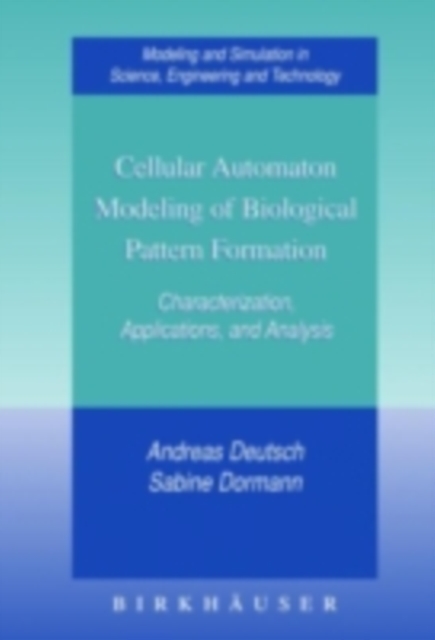
Cellular Automaton Modeling of Biological Pattern Formation : Characterization, Applications, and Analysis PDF
by Andreas Deutsch, Sabine Dormann
Part of the Modeling and Simulation in Science, Engineering and Technology series
Description
The recent dramatic advances inbiotechnology have led to an explosion of data in the life sciences at the molecular level as well as more detailed observation and ch- acterization at the cellular and tissue levels.
Itis now absolutely clear that one needs a theoretical framework inwhich to place this data to gain from it as much information as possible.
Mathematical and computational modelling approaches are the obvious waytodothis.
Heeding lessons from the physical sciences, one might expect that all areas in the life sciences would be actively pursuing quantitative methods to c- solidate the vast bodies of data that exist and to integrate rapidly accumulating new information.
Remarkably, with a few notable exceptions, quite the contrary situation exists.
However, things are now beginning to change and there is the sense that we are at the beginning of an exciting new era of research inwhich the novel problems posed by biologists will challenge the mathematicians and computer scientists, who, in turn, will use their tools to inform the experimentalists, who will verify model predictions.
Only through such a tight interaction among disciplines will we have the opportunity to solve many of the major problems in the life sciences.
One such problem, central to developmental biology, is the understanding of how various processes interact to produce spatio-temporal patterns in the embryo.
Information
-
Download - Immediately Available
- Format:PDF
- Publisher:Birkhauser Boston
- Publication Date:26/12/2007
- Category:
- ISBN:9780817644154
Other Formats
- Hardback from £129.45
Information
-
Download - Immediately Available
- Format:PDF
- Publisher:Birkhauser Boston
- Publication Date:26/12/2007
- Category:
- ISBN:9780817644154






